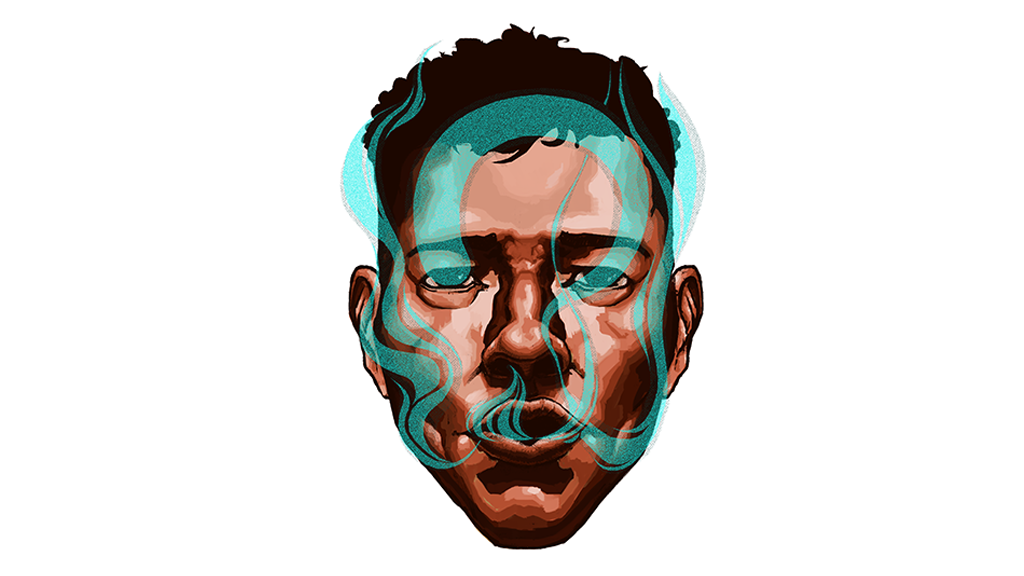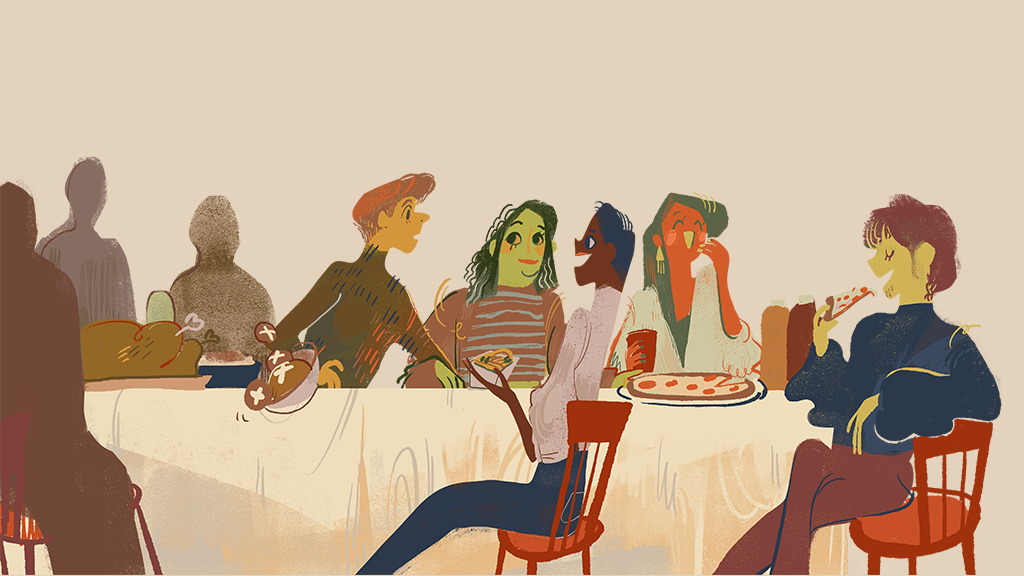Vaping and electronic cigarettes are said to be safer than smoking combustible cigarettes — but that doesn’t mean they aren’t harmful. E-cigarettes are just as addictive as traditional cigarettes. Both have levels of nicotine that can lead to addiction and numerous health risks, according to John’s Hopkins Medicine.
On top of the addictive qualities of nicotine contained in e-cigarettes, many unknown factors further add to their foggy nature. What is the vapor exactly? What are the true long-term health risks for someone who vapes? How can these devices be legally regulated with so many unknowns? Health professionals and engineers are working to get these answers.
Health Hauntings
Dr. Caroline Easton, professor in the College of Health Sciences and Technology, is conducting research into the health effects of vapes and e-cigarettes.
“Everyone may have thought that the e-cigarette was safer than your standard cigarette with nicotine … but no one knew back then if it could be as detrimental or more,” Easton said.
Given the recent boom in vaping popularity, the number of reported health problems linked to vaping are continuing to grow. Easton said that every day she is reading news stories about more and more young people being hospitalized with similar pulmonary symptoms that can be traced back to e-cigarettes.
The target market is focused on the younger demographics, the people who are not fully aware of the effects caused by such a normalized behavior. With this, the majority of health-related cases caused by vaping is centered around younger generations.
“We need more educational materials on it, we need more ads on [television] showing it, showing the negative effects of it,” Easton said. “It might look cool and innocent, like a watch or a jump drive, and it smells good … but look what happened to this person. Look what medical consequences can occur.”
Easton said that when side effects of smoking combustible cigarettes grew more and more dangerous, commercials and advertisements sharing smokers’ stories were released. With regards to vaping, medical concerns are beginning to pop up even faster than they did with cigarettes.
How can medical professionals prepare vape and e-cigarette users for potential side effects if those side effects are still unknown? The simple, yet scary answer: they can’t.
Moving Parts
Dr. Edward Hensel, associate dean of research and graduate studies in the Kate Gleason College of Engineering (KGCOE), is working alongside other researchers to view the different aspects of the ever-growing vaping culture. The research he and his team are doing focuses on the interface between the health risks and the regulatory actions and environments that control these substances.
“No tobacco products are safe; all regulations are focused on is really minimizing the harm,” Hensel said.
With a background in engineering, Hensel is targeting his aspect of the research on the devices and liquids themselves — specifically, how they work and how they are designed.
E-cigarettes use what Hensel calls e-liquids — the oils and mixtures that are put into the device and form vapor. These contain a combination of chemicals to not only deliver nicotine and effects similar to tobacco, but also flavorings and other additives. Little is known about the liquids themselves, let alone what happens to them when they are turned into cotton candy-scented clouds.
“Electronic cigarettes are highly engineered devices, and the e-liquids that go into those devices are highly engineered,” Hensel said.
“Electronic cigarettes are highly engineered devices, and the e-liquids that go into those devices are highly engineered.”
Hensel compared modern day e-cigarettes to a classic combustible cigarette. A combustible cigarette could be pure tobacco crushed and rolled in paper, then smoked. Whereas that may not sound like a safe thing to do, users of pure rolled-tobacco cigarettes know exactly what is going into their body.
“Our lab is focused on … the product characteristics that influence what emissions get delivered from the exit plane of the device to the mouth of the user,” Hensel said.
User-Centered Research
Hensel is working closely with Dr. Risa Robinson, head of the Mechanical Engineering department in KGCOE. Robinson and Hensel have created research that utilizes actual user data to determine levels of emissions.
Robinson first began to focus her research on the particle patterns of inhalants back in college.
“I started looking at engineering and public policy and how that fits together, along with the physics of the particles,” Robinson said. “Use your peripheral vision to solve this problem.”
Her passion grew as the market for safer cigarettes also grew; however, cancer cases continued to rise. Now her research is focusing on e-cigarettes.
“We are looking at what they are vaping, how often they are vaping, how many puffs they are taking [and] what is in each puff,” Robinson said.
Robinson is using a device to measure an e-cigarette user’s daily puffing routine. The device is attached to the vape and measures how long each puff is, how much product is passing through it and how often it is puffed. The collected data is then run through a system to report the emission of the individual.
“When e-cigarettes first came out in 2006, people were saying that they have so much less nicotine in them than cigarettes,” Robinson said. “It turns out that if people are vaping [e-cigarettes] all day long, by the time you add up all the puffs, they are actually getting the same amount of nicotine.”
“By the time you add up all the puffs, they are actually getting the same amount of nicotine.”
As time went on, Robinson said that e-cigarettes became more complicated and the levels of nicotine delivered to the users increased alongside different additives and chemicals.
For Robinson, Hensel and Easton, this research is more than what they learned in textbooks and from their research. It’s about the interplay between health, engineering and public policy that makes this issue complex.
Experts are asking the questions and performing the research with new findings and new cases appearing every day. How can policymakers keep the public safe from what is currently being discovered? We just don’t know.







